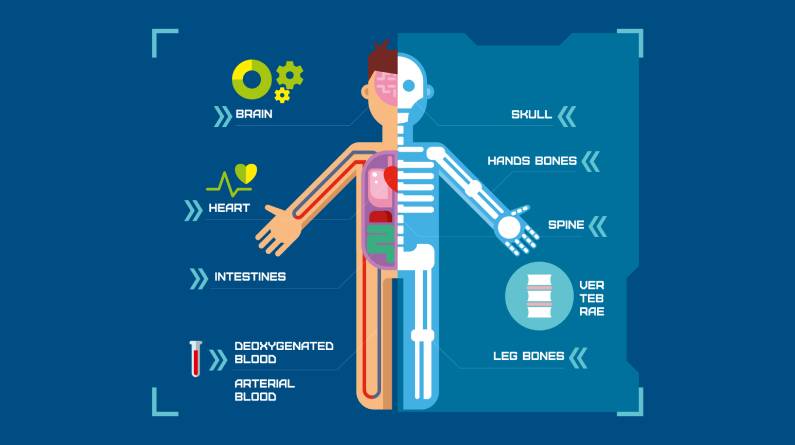The Amazing World of Reflexes
Reflexes are automatic, involuntary actions that occur in response to a stimulus. They’re an essential part of our nervous system, helping us react quickly to potential threats or dangers. In this article, we’ll delve into the fascinating world of reflexes, exploring how they work, types of reflexes, and their importance in our daily lives.
How Reflexes Work
A reflex arc is a neural pathway that controls the reflex action. It consists of a sensory pathway and a motor pathway, which work together to produce a response. Here’s a step-by-step explanation:
1. Stimulus: A stimulus, such as touching a hot object, triggers a response.
2. Sensory Neuron: The stimulus activates a sensory neuron, which converts the external stimulus into an internal neural signal.
3. Relay Neuron: The sensory neuron sends the signal to a relay neuron in the spinal cord.
4. Motor Neuron: The relay neuron transmits the signal to a motor neuron, which controls the muscle response.
5. Response: The muscle responds to the stimulus, such as withdrawing the hand from the hot object.
Types of Reflexes
Reflexes can be classified in various ways:
– Monosynaptic Reflexes: These reflexes involve only one synapse (junction) and two neurons, a sensory and a motor neuron. Examples include the patellar reflex and Achilles reflex.
– Polysynaptic Reflexes: These reflexes involve multiple synapses and a relay of neurons between the sensory and motor neurons.
– Innate Reflexes: These reflexes are present naturally in a person, from the prenatal period to adulthood. Examples include sucking and grasping reflexes in newborns.
– Acquired Reflexes: These reflexes are learned through experience or practice and can vary depending on factors like culture and socio-economic status.
– Somatic Reflexes: These reflexes involve skeletal muscles and receptors of external stimuli, such as sight, hearing, and touch.
– Autonomic Reflexes: These reflexes involve internal organs, such as salivation, respiration, perspiration, and papillary dilation.
Common Types of Reflexes
Here are some everyday examples of reflexes:
– Closing our eyes when exposed to bright light
– Withdrawing our hands or legs when touching something hot or sharp
– Coughing or sneezing when dust or foreign objects enter the nose
– Sucking and grasping reflexes in newborns
The Importance of Reflexes
Reflexes play a vital role in protecting us from external stimuli. They can also indicate underlying neurological conditions. Doctors often check for the presence or absence of certain reflexes to diagnose muscular or neurological disorders.
References:
https://kidshealth.org/en/kids/reflexes.html
https://www.britannica.com/science/human-nervous-system/Reflex-actions
https://courses.lumenlearning.com/boundless-ap/chapter/reflexes/

